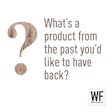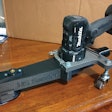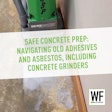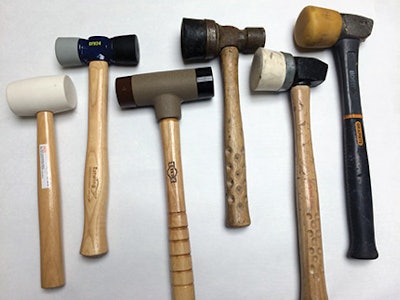
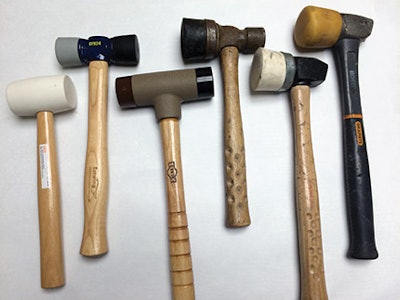 Which one can you use for engineered flooring? Does it matter?
Which one can you use for engineered flooring? Does it matter?
Is it OK to use a rubber mallet when installing engineered wood flooring?
Tim McCool, technical director at West Plains, Mo.-based The Master's Craft, answers:
I recently handled a complaint regarding this topic. The dealer said it is the industry standard to use a rubber mallet to install engineered wood flooring, but the instructions from the manufacturer involved in the claim state:
"Never strike a rubber mallet or hammer directly on the flooring to engage the tongue-and-groove. This practice can damage the flooring and/or the finish. Use a tapping block if necessary."
This got me interested in looking at other manufacturers' instructions. I checked at least five other large wood flooring manufacturers and found similar warnings about not striking the flooring with a mallet, including multiple references that "striking the surface with a rubber mallet may 'burn' the finish, causing irreparable damage," and that it can "mark or damage the flooring."
As one who had been in the wood flooring industry for almost 40 years, I know the practice of using a rubber mallet to engage the tongue-and-groove during the installation of a glue-down, nail/staple-down and even, sometimes, while floating an engineered wood floor, has been (as the dealer argued) common practice. In my contracting years, I had several types of rubber mallets, of varying weights, sizes and densities of rubber to accommodate the wood flooring I was installing, although with several types of engineered wood flooring, I was able to use my rubber mallet only on my tapping block, never the wood flooring itself.
A reason manufacturers recommend against using a rubber mallet is there are many types of rubber mallets, from hard to soft, with different types and colors of rubber. Some are too hard and break the floor; some are too soft and leave rubber residue on the floor. Still others leave burn marks in the finish. Even if that doesn't happen, adhesive may get on the mallet head and then get transferred to the surface of the floor, and without proper cleanup, adhesive residue cures on the surface or in the wire brushing/texture.
With all the different types of finishes and textures the manufacturers are producing today, it's not a "one mallet for any floor" solution. The manufacturers will not warranty an installation if there is damage due to the wood flooring by a rubber mallet, so you should use a tapping block or whatever the recommended installation procedure is. Particularly with the next wave of scraped and wire-brushed textured floors and the many varieties of finishes, it is wise to be extra cautious and protect yourself from any potential liability.
























